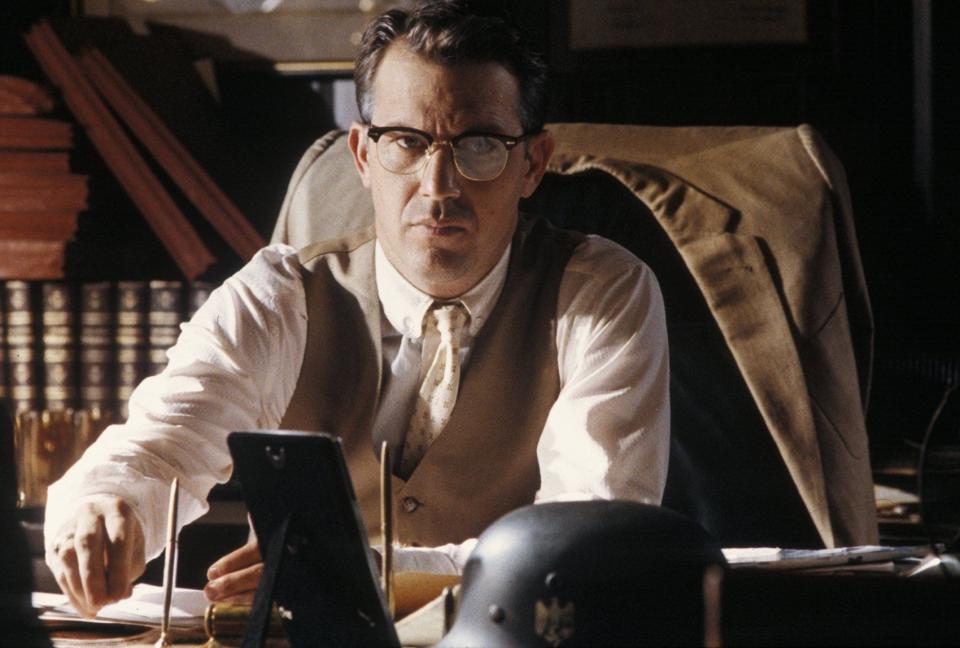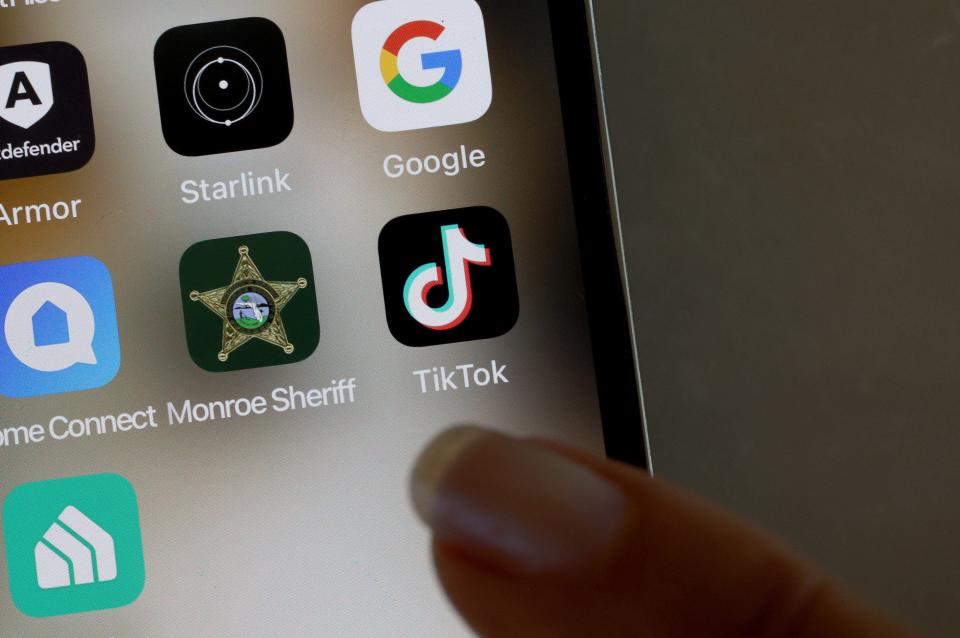Conspiracy theories about Trump assassination attempt are a sign of the social media times
Forty years ago, conspiracy theories used to be the stuff of overnight talk radio when hosts filled sleepless hours for insomniacs with hot topics like whether the moon landing was fake, which space aliens are hidden at Area 51 and whether Elvis was living on a remote island in the South Pacific.
One theory towered above the rest: Who really was responsible for assassinating President John F. Kennedy in Dallas in 1963?
In the pre-wired decades following the assassination, conspiracy theories were constructed and detailed with the precise ardor of a “CSI” episode. There were bestselling books like “Rush to Judgment” by Mark Lane, numerous TV specials and the 1991 Oliver Stone movie, “JFK,” that helped cement the idea that Kennedy’s death was an elaborate plot involving, well, basically, everyone who held a grudge against him.
Kennedy’s violent murder in a public outdoor space, documented for history by the Zapruder film, was so overwhelming that people sought explanations for it that were as horrible and shocking as the act itself.
It didn’t seem possible that a deranged lone shooter could have caused such turmoil. So Americans went in search of explanations that spoke to their collective grief and fears.

On Saturday, after news broke of the attempted assassination of former President Donald Trump at a Butler, Pennsylvania, rally, conspiracy theories flowed like tap water. There was no evidence to examine in the immediate aftermath other than the constant replay of live footage of Trump reaching for his ear and then ducking down as the Secret Service rushed to surround him.
With lightning speed, claims on social media tied the attempt to government intelligence agencies, labeled it as staged or otherwise argued that some other nefarious plan was unfolding in plain sight, either from the political left or right.
There was plenty of reason to be cautious until more was known. But conspiracy theories wait for no facts. One member of the U.S. House of Representatives, Mike Collins, a Republican from Georgia, even posted on X (formerly Twitter): “Joe Biden sent the orders.”
As the BBC wrote on Sunday, conspiracy theories can arise from efforts to fill in the gaps of real concerns — of which there are many involving Saturday’s attempt: “How did the attacker make it to the roof? Why weren’t they stopped? Into that vacuum rushed a wave of disbelief, speculation and disinformation.”
And thanks to social media, such theories are able to reach huge audiences with an ease that would have stunned a 1970s JFK conspiracy buff. Within one hour, NBC News reported late Saturday night, a number of posts alleging the shooting was staged "were viewed several millions of times," even though there is nothing to support the outrageous allegation.
Is anyone surprised that the lack of verifiable information about the events in Pennsylvania only served to fuel the chaos and hate that is a feature, not a bug, of political life in 2024?
This is the world that we live in. Our politics are polarized as deeply as they ever have been at the same time that legitimate news sources continue to decline in terms of readerships and viewers — and continue to be denigrated by those suspicious of their trustworthiness. More and more people are getting their news from sources like TikTok, the home of dance instruction, comedy, silly pranks and virtually anything else that can get massive hits.

There are precious few guides or guardrails on social media concerning facts vs. rumors vs. outright lies. Americans looking for insight on what happened Saturday are up against disinformation (the purposeful spreading of lies) and misinformation (the unwitting spreading of garbage content by those who fall for falsehoods). The one-two punch has been devastating in terms of inflaming passions and discouraging voters from staying informed about the issues.
The truth is that most social media sites offer a steady diet of junk food news. It’s instant gratification without the vitamins and minerals that journalism values. Actual fact-gathering is a slow, laborious process. The reporters who do it well are not driven by secret agendas, as some insist, but by a deep, defining urge to get the facts right and not jump to any conclusions that are not backed up by evidence.
For a journalist, hell is getting something major wrong.
That’s why Saturday’s TV coverage of the attempt on Trump’s life was so repetitive and so unwilling to offer the sort of speculation rampant online. It even took time for legitimate news outlets to use words like “shot” in their coverage instead of vaguer descriptions like “appears to be bleeding.” Waiting for confirmation of the simplest facts is part of the process.
In the weeks and months ahead, reporters will be covering whatever official investigations take place and conducting their own investigative work to find out how a young man with a semi-automatic rifle was able to get so close to a presidential candidate. The facts are going to take a lot of time to gather. And once they are gathered and verified, they likely won’t have the emotional crackle or movie-thriller drama of conspiracy theories, which seem designed for the addictive algorithms that fuel online consumption.
Conspiracy theories are a symptom of a sickness in contemporary life that values stirring up emotions and spreading vitriol over tolerance, civility and viewing someone from another party as a person with different opinions, not an enemy. As the Los Angeles Times reported, “the hot takes on the internet create a ripe breeding ground for increased division and potential violence,” according to Erik Nisbet, a professor of policy analysis and communication at Northwestern University.
“We see each other as enemies, not as fellow Americans. If the other side is immoral, (is) not human, is an existential threat to us and to our country, then it is morally OK to take violent action against them,” Nisbet told the New York Times.
There have been widespread calls from Republicans and Democrats in the wake of Saturday to lower the temperature surrounding politics. It would be nice to think that at least some healing could take place. But it is more probable that conciliatory gestures will spark the next conspiracy theory, maybe on how the latest cool-down ideas are just a strategy for boiling up sentiments in disguise.
Contact Detroit Free Press pop culture critic Julie Hinds at jhinds@freepress.com.
This article originally appeared on Detroit Free Press: Social media spread Trump conspiracy theories like a fast-burning wildfire

